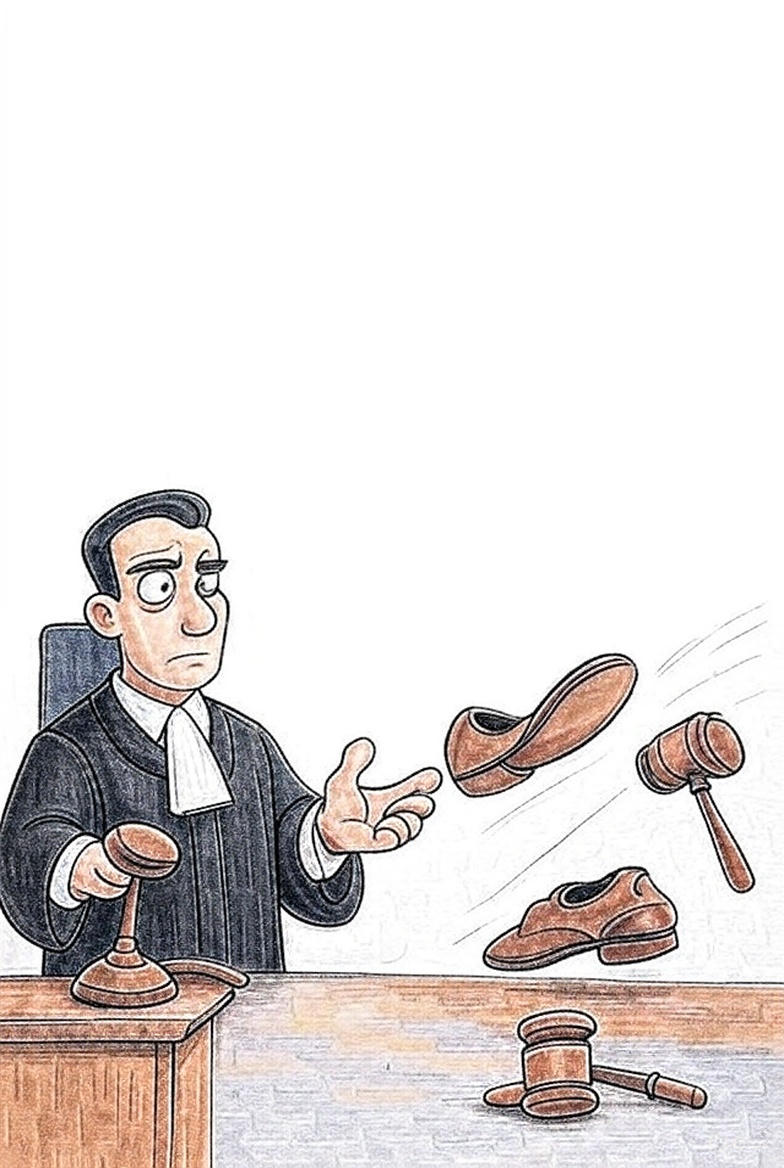
Amid the buzzing notifications and algorithmic cravings, there exists a small pantheon of faces yellow and round as the moon, sometimes weeping, sometimes laughing, occasionally aflame with fury or softened by love. These are emojis, the 21st century’s hieroglyphs, born not in stone but in code, stitched into the very fabric of our daily texts and tweets.
Each July 17th, digital denizens pause to honor World Emoji Day, a celebration pegged to the humble calendar emoji that displays this date. But behind the Pixelated grins and Technicolor hearts lies a deeper truth. This is not merely a festival of cute symbols. It is an annual homage to a phenomenon that reshaped how humanity expresses itself in an age where silence speaks in pixels and brevity is the soul of messaging.
Emojis began their curious life in late 1990s Japan, emerging as a modest set of 12 by 12 pixel pictographs. What was once an icon set for weather updates and train times soon transformed into a sprawling lexicon of emotions. Today, we do not simply type. We emote. The tear-drenched face of joy, the quietly simmering heat, the clasped hands in gestures of begging or blessing each carries meaning across time zones and tongues. No translation required.
This evolution was no accident. It was designed. The Unicode Consortium the monastic keepers of digital symbols deliberate annually on which new faces and objects to canonize into the emoji pantheon. The process is democratic and deeply symbolic. Consider the hijab emoji or the same-sex couple icons. These are not just pixels. They are proclamations of visibility. They say I exist. I matter. Even here in the imagined world of screens and scripts.
Yet emojis are not content to simply mirror joy. They bristle with politics and cultural nuance. A single raised fist can speak centuries of resistance. A pride flag becomes a digital landmark. And even something as harmless as an eggplant or a peach has been transformed by the internet’s winking irreverence. The emoji is a trickster god smiling at you through the screen.
Critics mutter that emojis infantilize communication. They lament the erosion of long form thought the collapse of complex feeling into lazy cartoons. But perhaps these icons do not destroy nuance. Perhaps they compress it. A single side eye can convey what whole diaries fail to say. In a rushed and crowded world emojis are our hieroglyphs of haste. A kind of postmodern poetry written by the thumbs of billions.
Social platforms rely on them the way cities rely on traffic lights. They organize the chaos. Twitter uses them to punctuate hashtags turning campaigns into carnivals. WhatsApp is a living museum of emoji expression where every sigh and smirk finds its digital counterpart. Even corporate ads now feature the sly wink or the celebratory firework like ritual offerings to the gods of relevance.
So, when we celebrate World Emoji Day, we are not just clicking smiley faces. We are acknowledging a linguistic revolution. We are embracing a language that sidesteps dictionaries to aim straight for the heart. It is language reduced to its purest form emotion. A flame of feeling flickering through fibre optic cables.
Send a heart. Offer a shrug. Laugh until the tears come. In this vast and noisy digital bazaar, the emoji remains the simplest way to say I feel and I want you to feel it too.


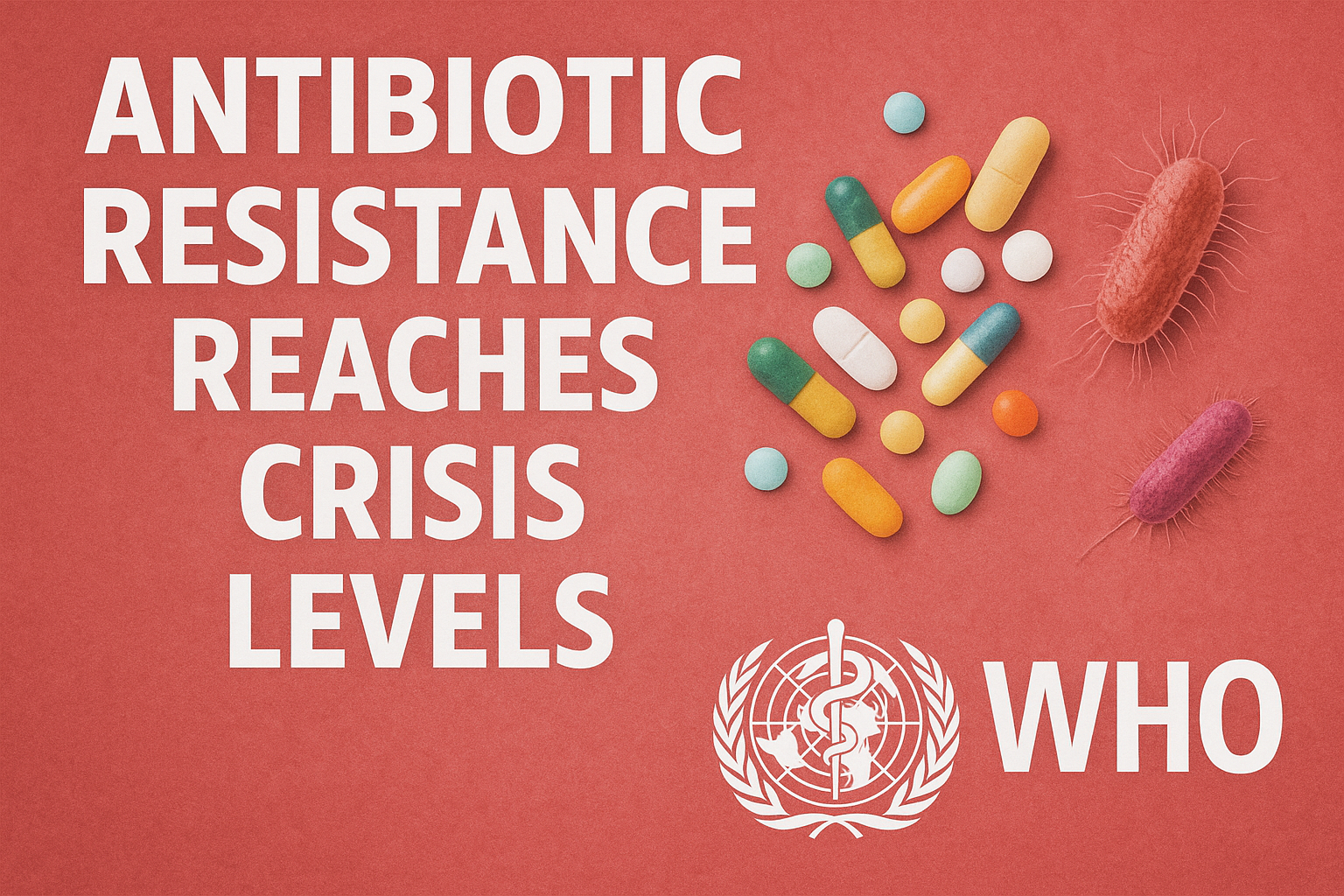
.jpeg)
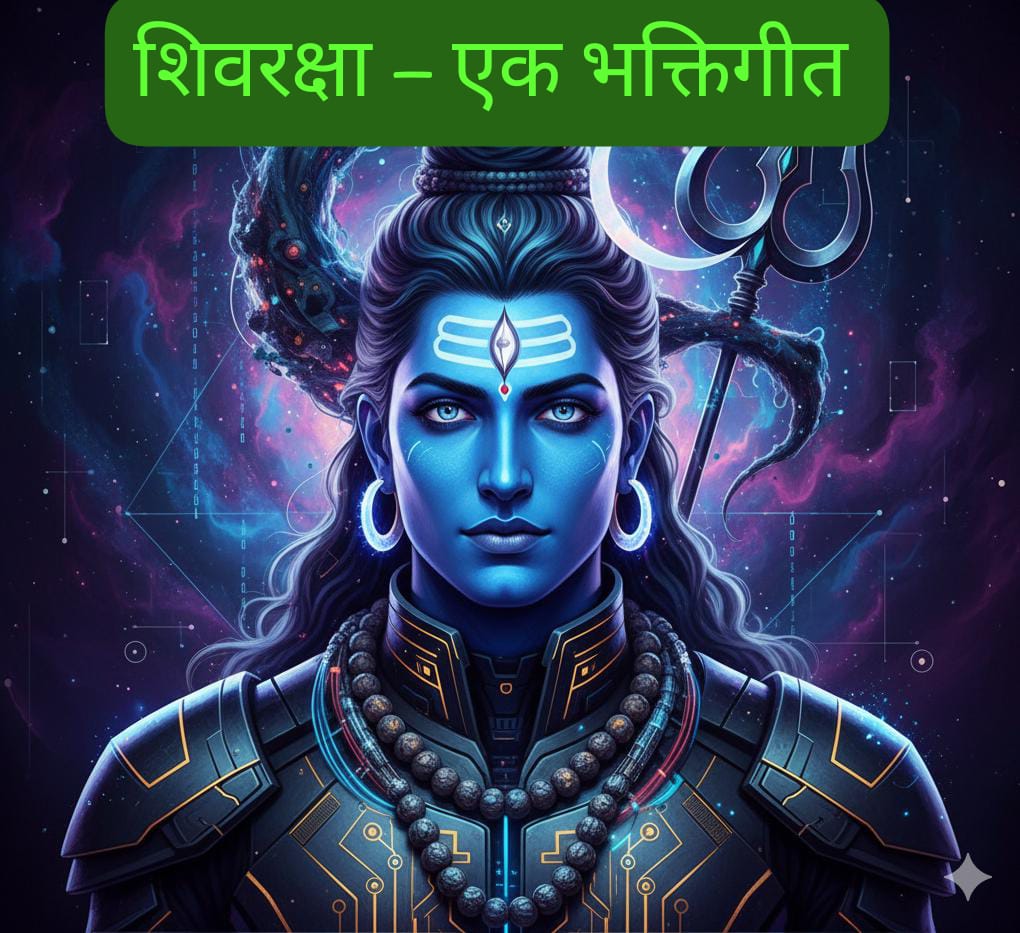
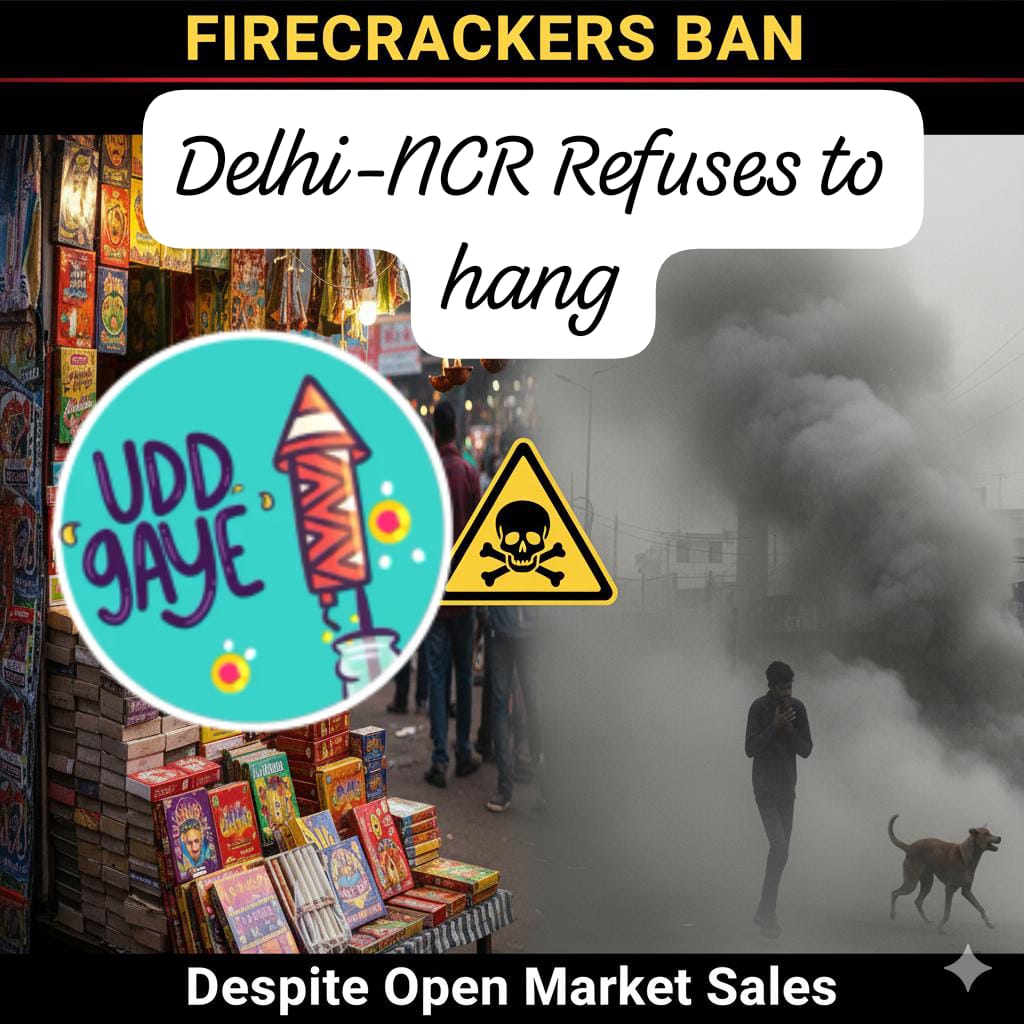

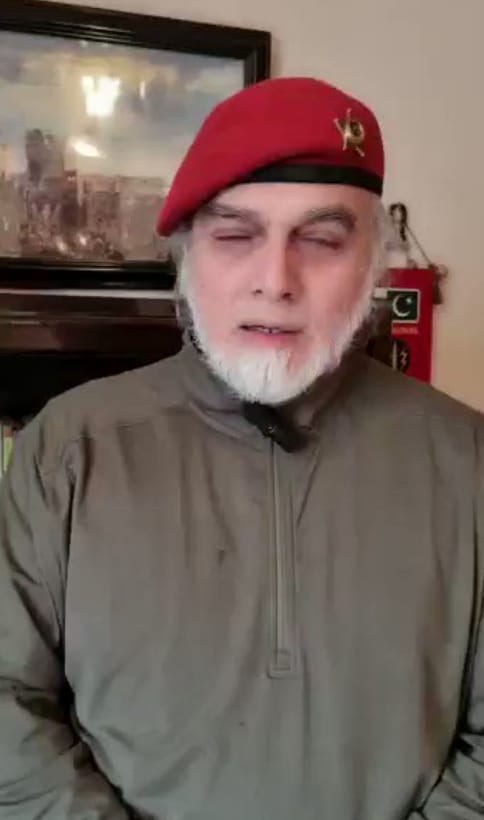

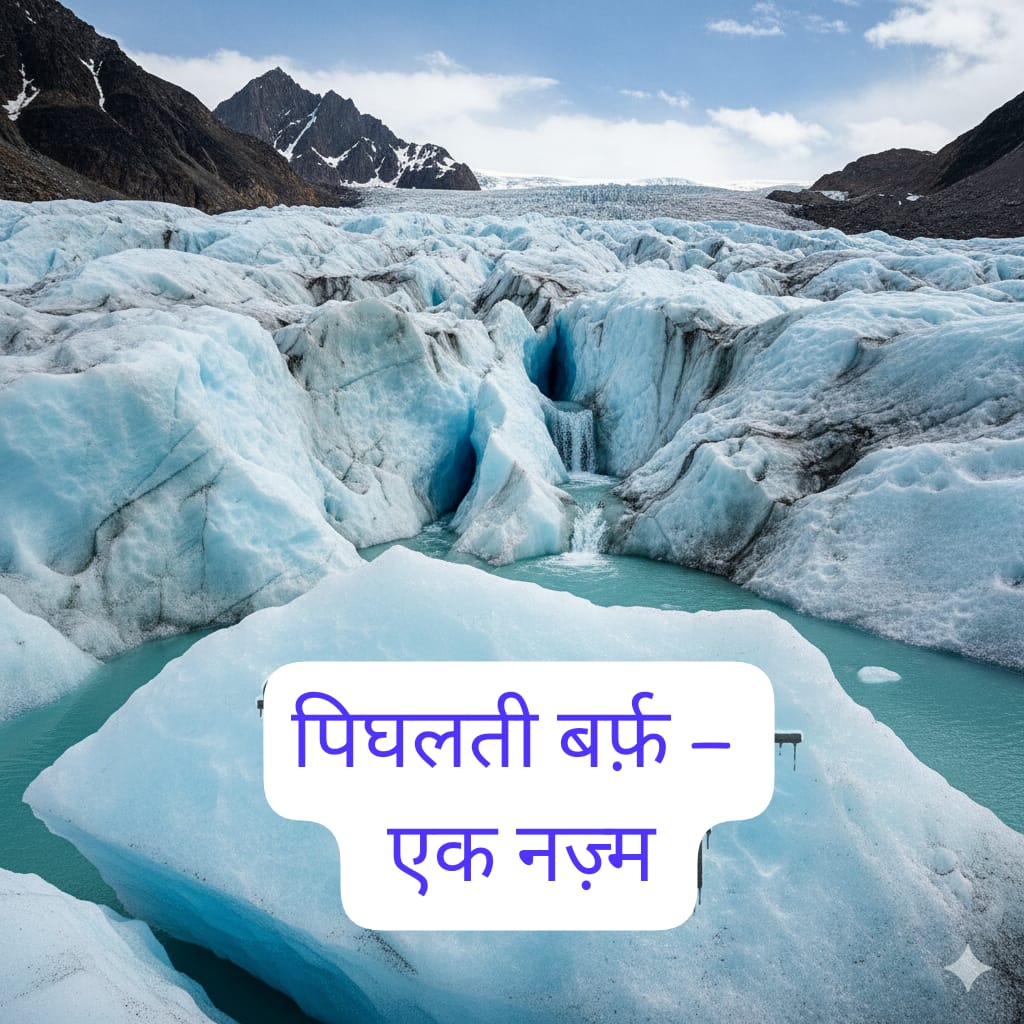
.jpeg)
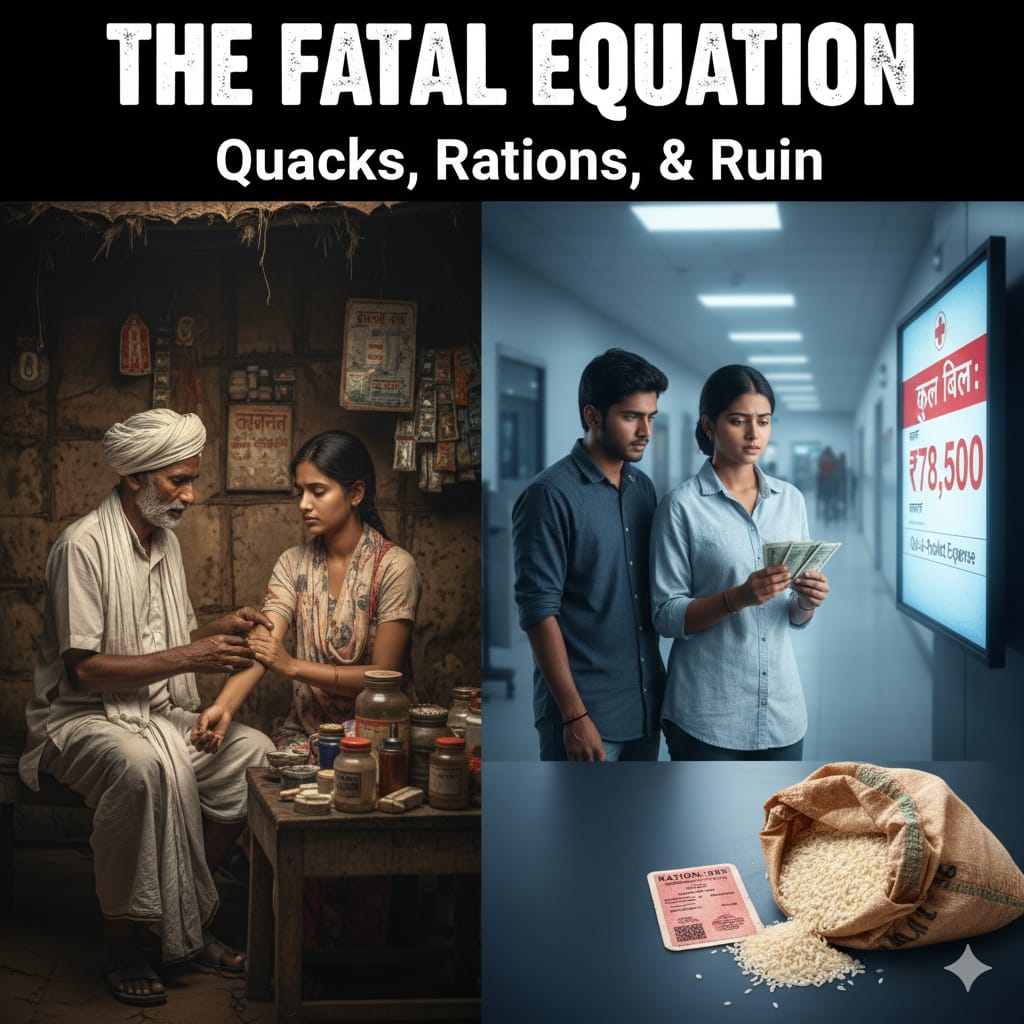
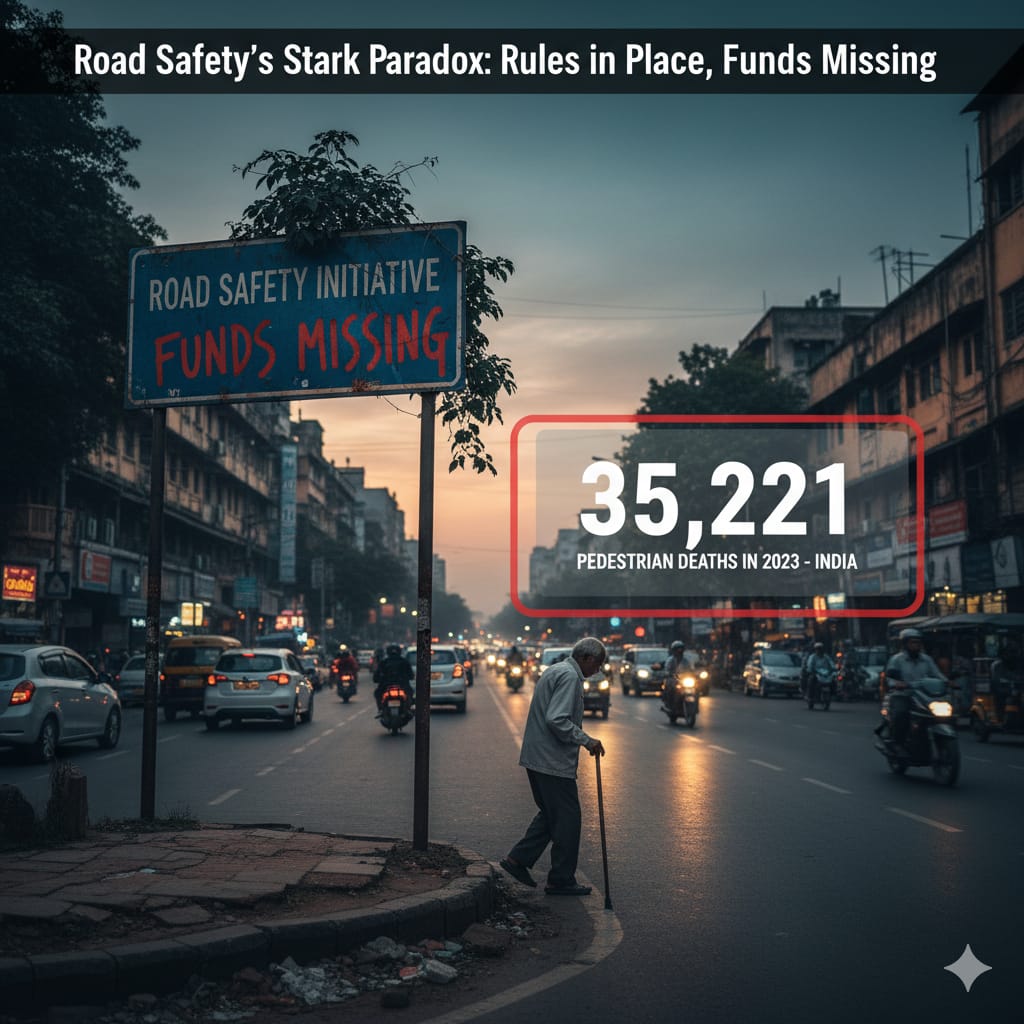
.jpeg)
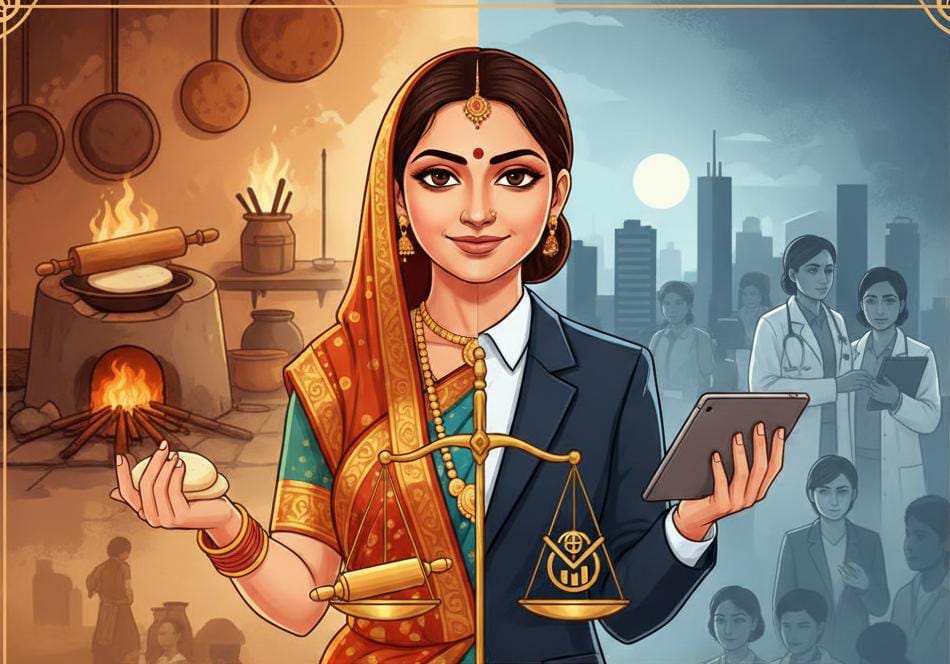
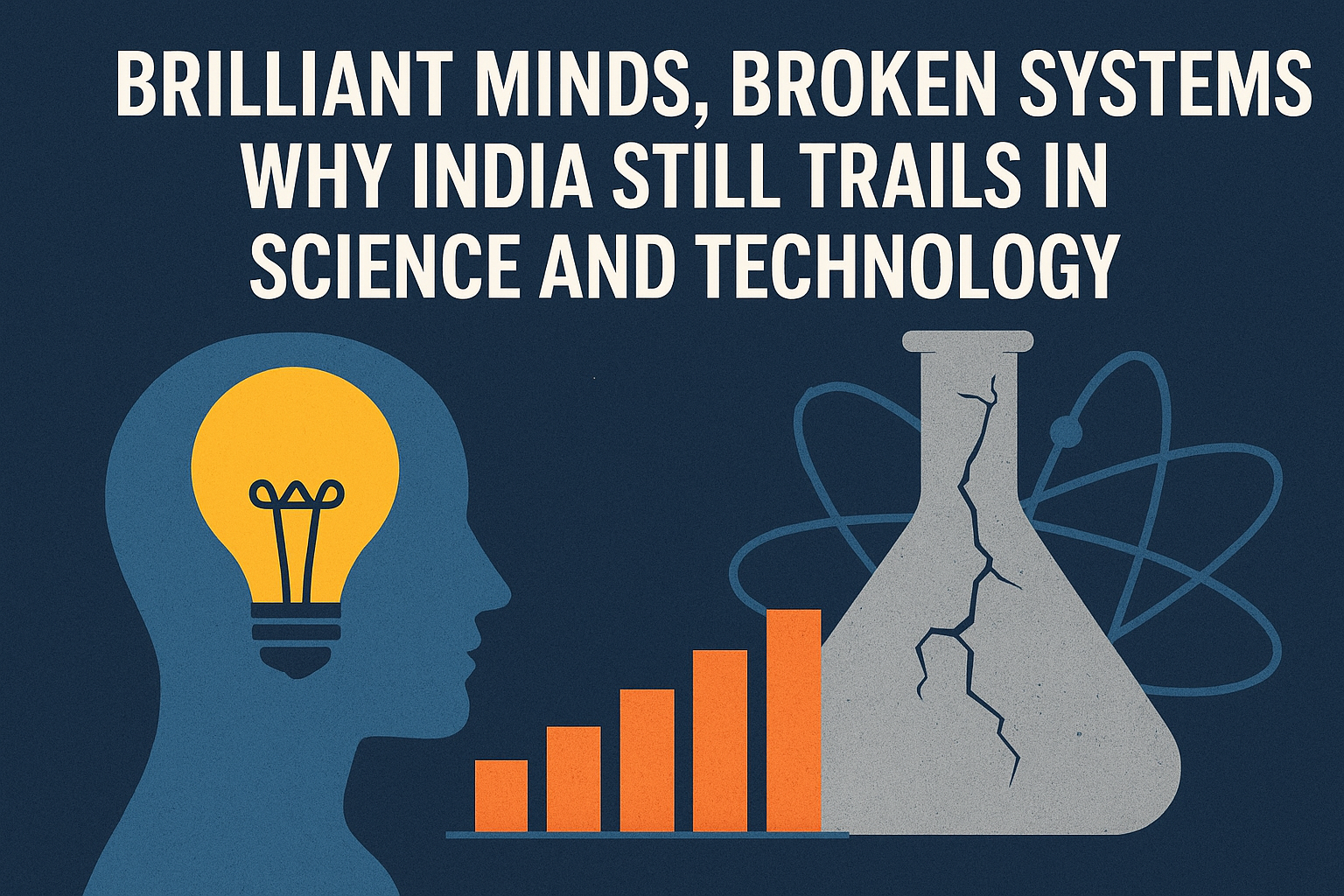

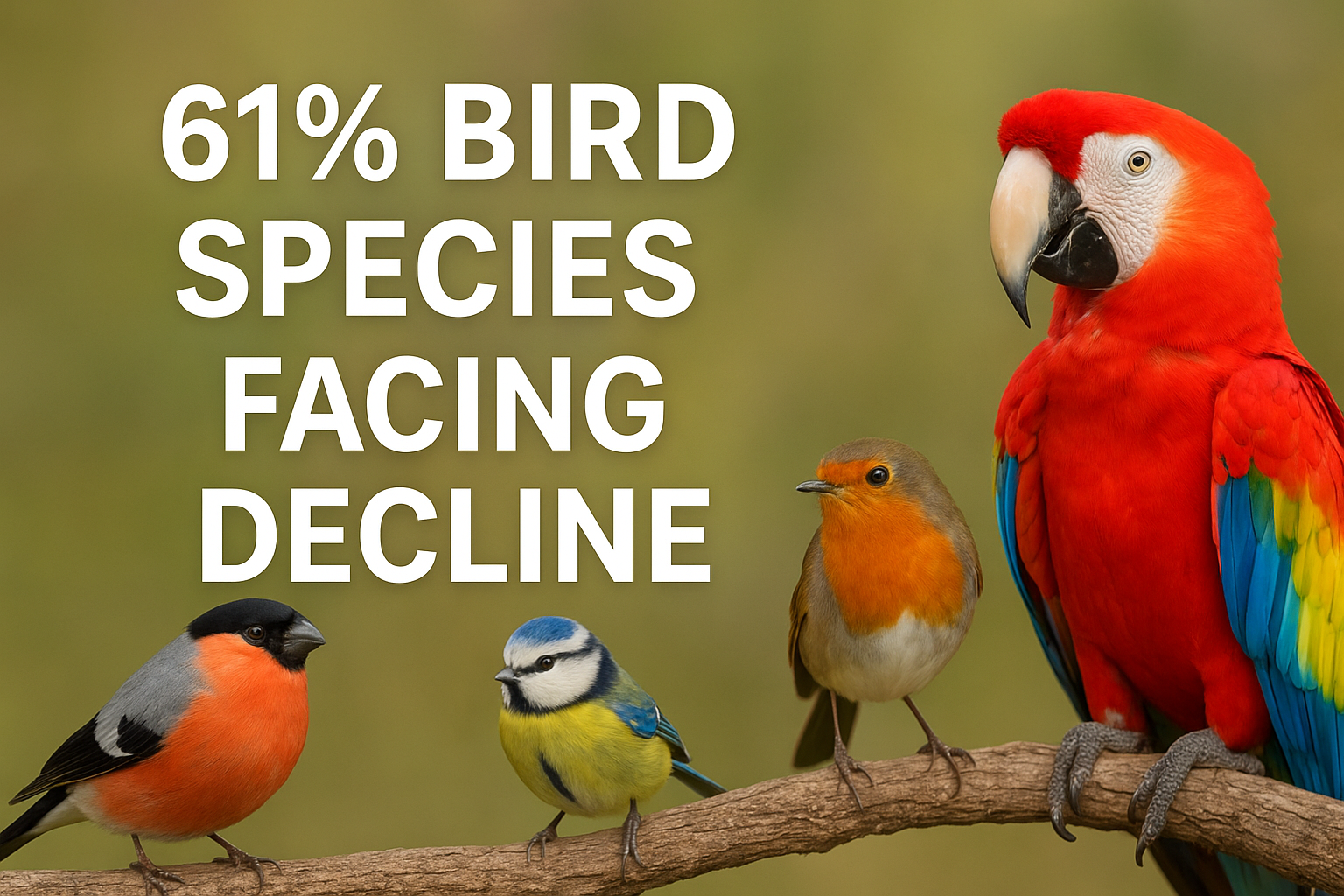
.jpeg)


